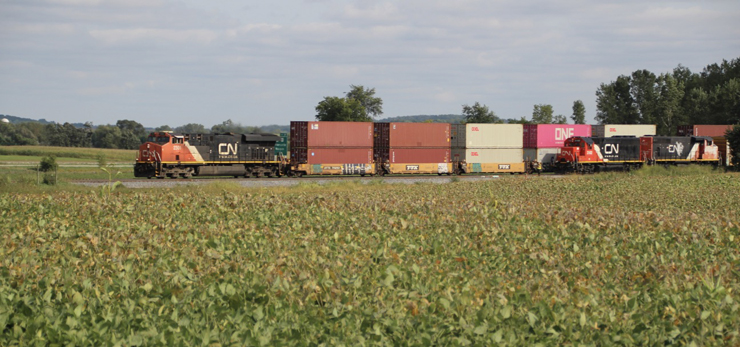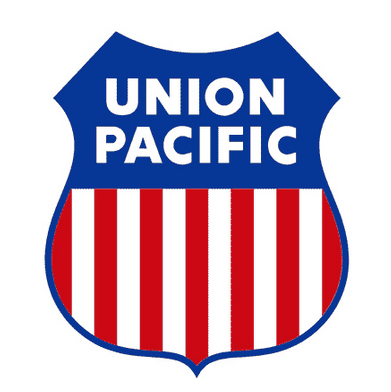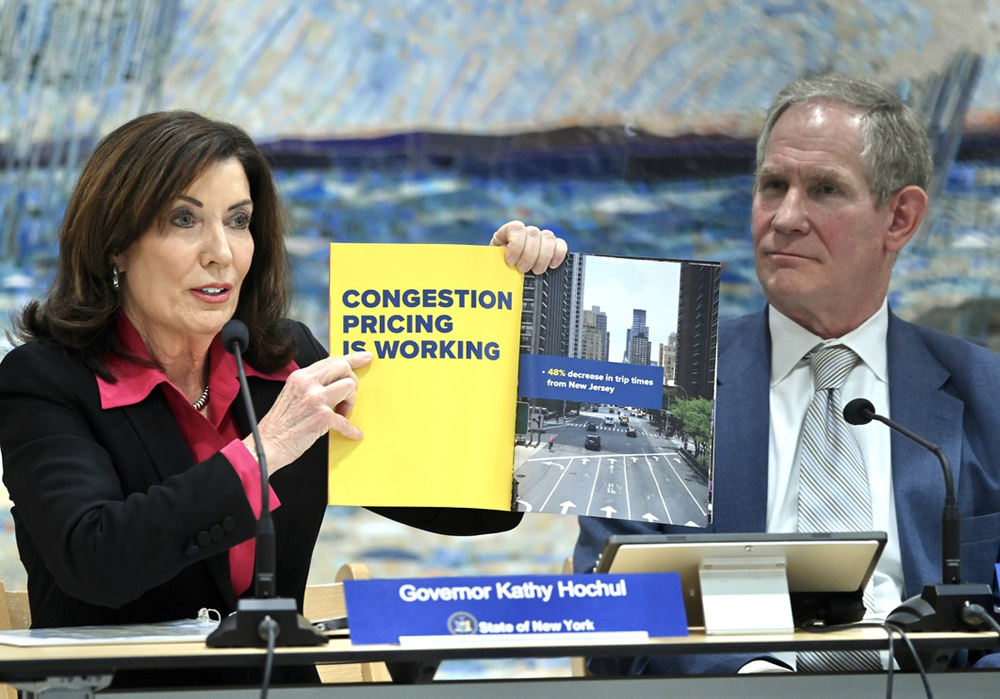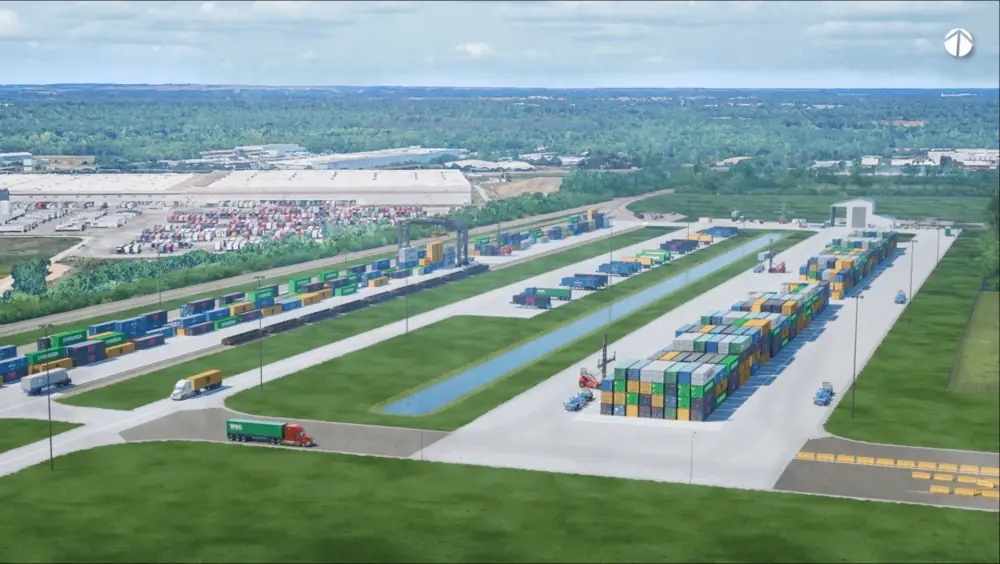
BLOOMINGTON, Ind. — Intermodal traffic will grow in 2021 but carload traffic will continue to struggle to recover from the pandemic in the new year, according to a freight forecasting firm’s outlook.
Todd Tranausky, vice president of rail and intermodal at FTR Transportation Intelligence, projects that intermodal volume will grow by 5.4% next year. The growth will come from consumer demand and the need to replenish retail inventories, which remain at unusually low levels.
During the pandemic, people who remain employed have shifted their spending from services — such as restaurants, movies, and travel — to purchasing goods. That’s a positive for freight markets, and should translate into strong intermodal volumes at least through Chinese lunar new year in February, Tranausky said on an FTR webcast Thursday.
Normally there would be a lull in intermodal traffic after the fall peak. “We haven’t seen any indication of that at all,” Tranausky says.
Domestic containers should be the fastest-growing intermodal segment, Tranausky says, projecting a 6.2% increase in domestic box volume next year.
Trailer volume is expected to hold steady next year, thanks to the rise of e-commerce and related parcel shipments. Trailer volume has been declining for years, but has revived amid the e-commerce boom, tight capacity in the trucking industry, and a shortage of truck drivers.
International intermodal volume should rise 5.4% next year as retailers continue to restock inventories, Tranausky says.
An economic wildcard, however, is the pandemic and distribution of COVID-19 vaccines. If the pandemic wanes in the second half of 2021, it could mean a shift of consumer spending back toward services. And that, the FTR analysts say, would be negative for consumer-related freight markets such as intermodal.
Intermodal is on a pace to finish 2020 with volumes down 2.5%, which Tranausky says is not bad considering the unprecedented impact of the pandemic during the widespread lockdowns in the spring.
Carload traffic, however, is “on a different wavelength,” Tranausky says. Carload freight is generally tied to industrial production, which was struggling before COVID-19 and has yet to bounce back to pre-pandemic levels.
“It’s just muddled along and muddled through,” Tranausky says.
FTR expects economically sensitive carload traffic — defined as everything that’s not coal, agriculture, or tied to crude oil — to be flat overall in 2021. “Right now the outlook is not particularly robust,” Tranausky says.
Volumes should continue to recover in the first quarter. Second quarter year-over-year numbers will show huge growth due to being compared to the pandemic-related traffic trough of 2020.
How carload fares in the second half of 2021 may hinge on how the pandemic and consumer spending unfold, as well as whether there’s a federal stimulus and what shape it takes, Tranausky says.













